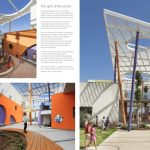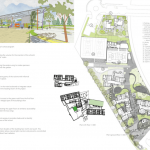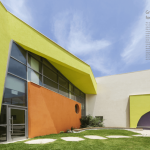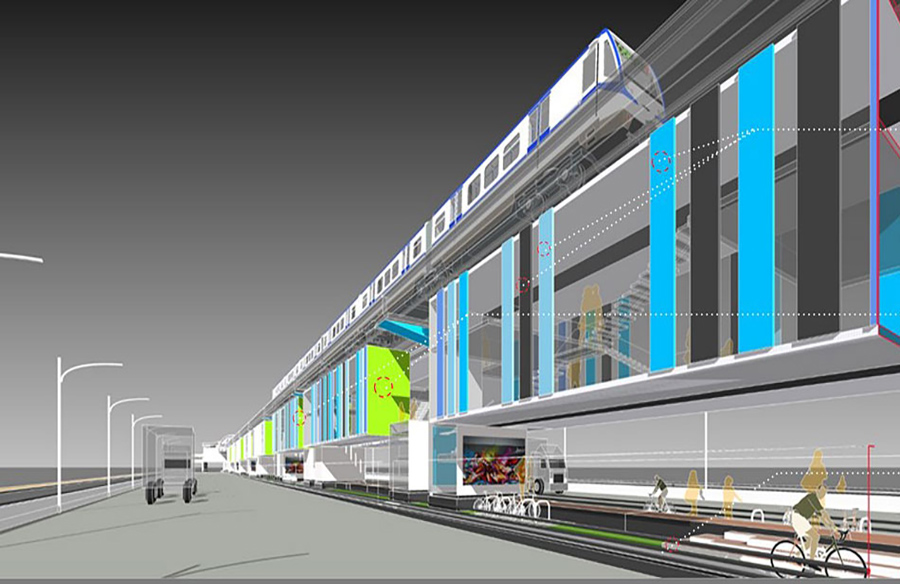As a holistic approach to sustainability, Rakafot Elementary School was designed to create a wholesome space for the pupils, while reducing environmental impact.
While forming the concept, it was important to create comfortable and healthy environment for the students by applying an overall approach that promotes passive planning combined with active smart system to maintain natural resources.
Third Award | RTFSA 2016 Awards
Category: Institutional (Built)
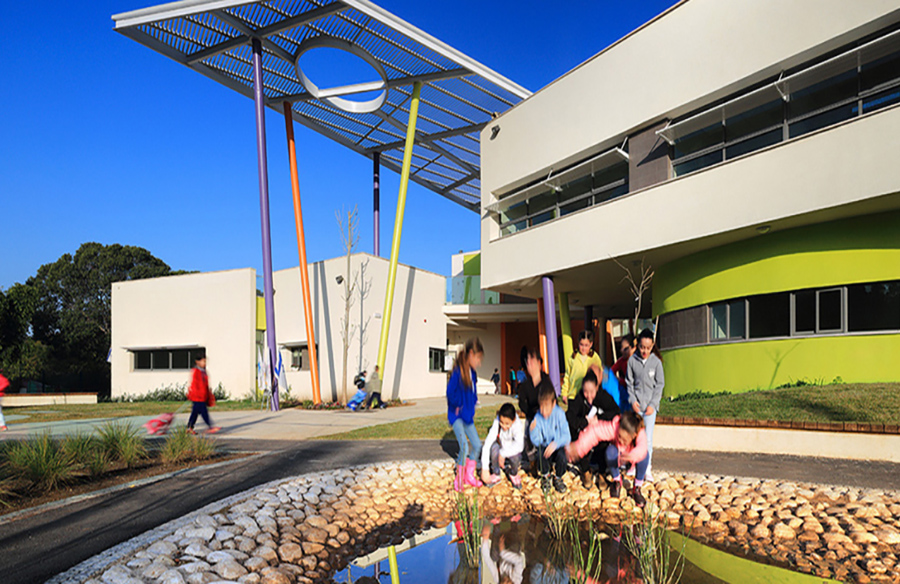
| Project Details | |
| Participant Name: | Tagit Klimor |
| Team Member: | Knafo Klimor Architects, David Knafo, Arie Hayun, Joe Nashashibi |
| Country: | Israel |
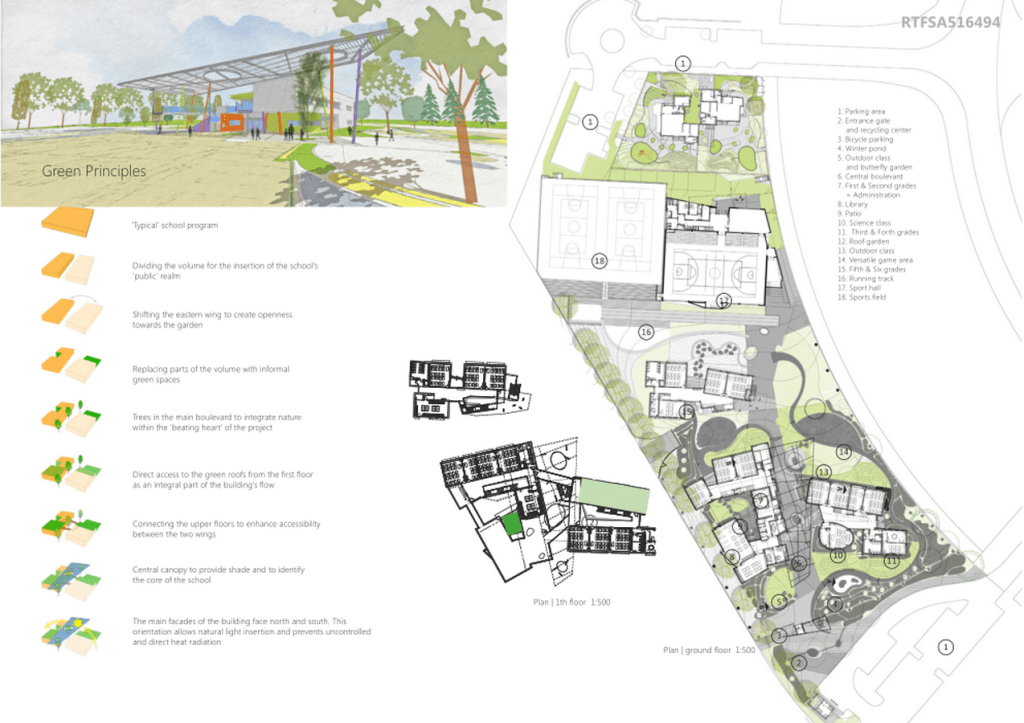
©Knafo Klimor Architects
The main theme of the design concept was the integration between the outdoors and learning spaces, while creating informal activity and educational areas. These spaces add extra value to the pupils learning experience by allowing diversity within the school.
The school scheme is built around a shaded, central, linear space that functions as the core of the school. The central spine was planned according to the site orientation taking into consideration climate preferences while facing the facades of the buildings to the north and south. This spine is used as the main pedestrian route, connecting the entrance to the buildings, the school’s backyard, sport hall and playing area. In addition, the dimensions of the rout allow it to be a place for outdoor activity, using its variable areas for the benefit of the kids.
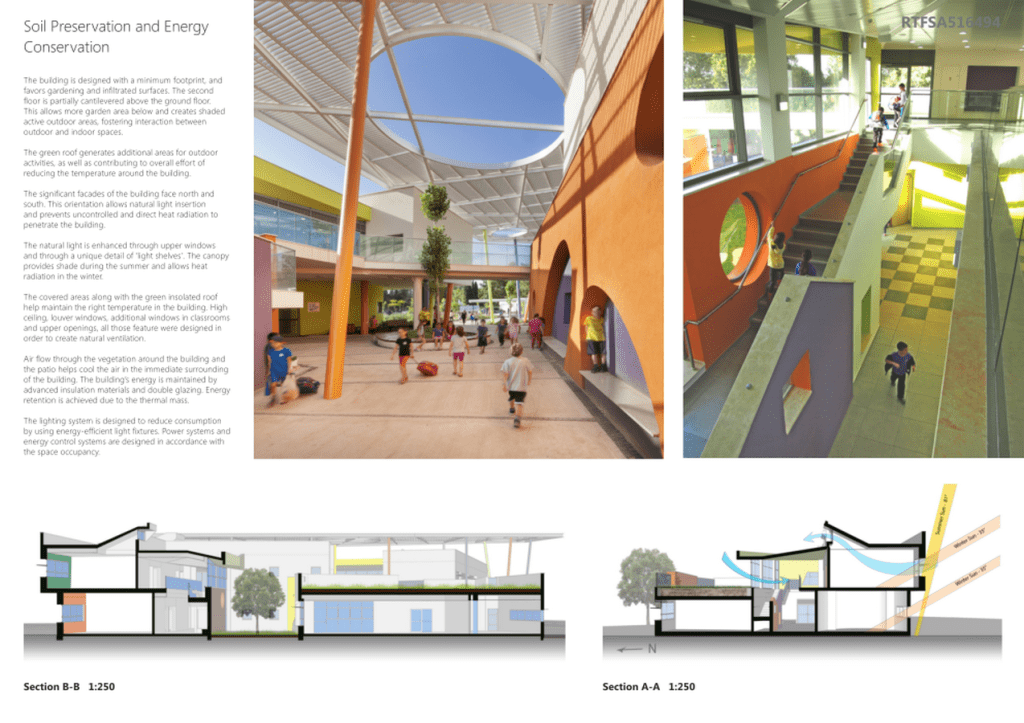
©Knafo Klimor Architects
The building was designed to create immediate connection between interior and exterior spaces by using courtyards, a patio and a green roof. The large openings of the building allows vast amount of light to penetrate the classrooms and outdoor spaces, thus introducing nature into the building. The green roof is directly accessible from the first floor as an integral part of the building’s flow. Both parts of the building on each side of the main route are connected by two bridges that create continuous movement between the buildings and the green roof.
The School yards are placed in between the buildings and each one has unique characteristics correlating with the different age groups, and meant to provide a range of various activities. Special areas were designed as a learning eco-space like the winter pond. Local vegetation was restored and became a habitat for butterflies and other local species. Horticulture beds were planned on the green roof, and are being used as an educational tool. Shaded Bicycle parking was planned as part of the facilities offered, to encourage riding to school. Showers within the school serve those who choose to ride.
The school uses a verity of sustainable solutions as part of its overall design: Soil preservation, heat island effect reduction, energy conservation, rainwater and air-condition water harvesting and the use of recycled materials.
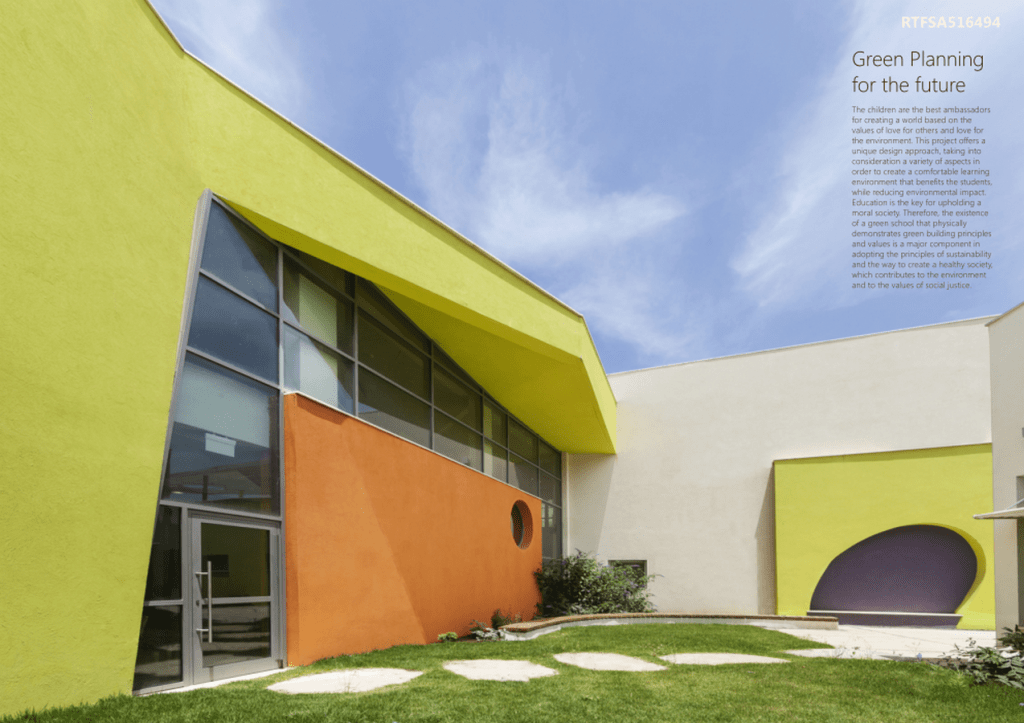
©Knafo Klimor Architects
This project offers a unique design approach, taking into consideration a variety of aspects in order to create a comfortable learning environment that benefits the students, while reducing environmental impact. Education is the key for upholding a moral society. Therefore, the existence of a green school that physically demonstrates green building principles and values is a major component in adopting the principles of sustainability.
- ©Knafo Klimor Architects
- ©Knafo Klimor Architects
- ©Knafo Klimor Architects
